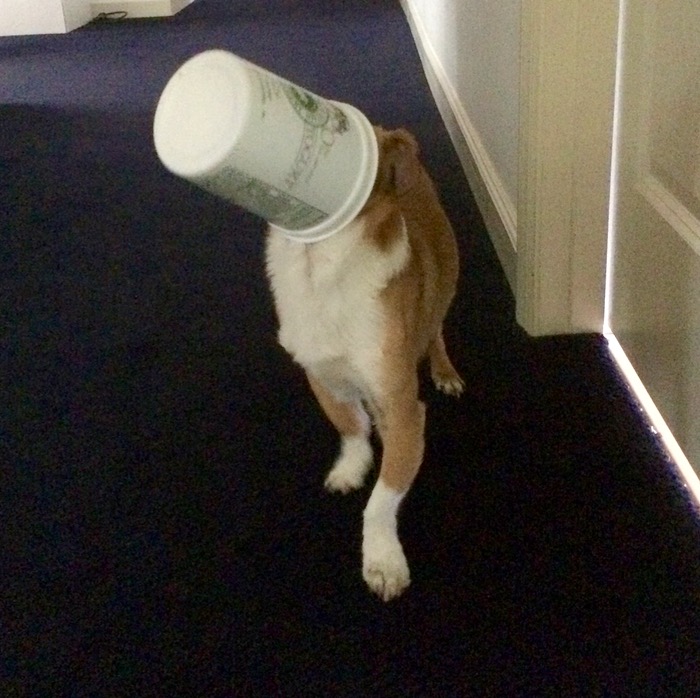I’ve kept backyard hens for twenty years. I’ve had this website for ten, and it sees over a hundred thousand visitors monthly. Between my blog and private emails, I hear about chicken health issues. Often, it takes much back and forth to figure out what is going wrong with someone’s hen. But, within the breadth of situations that I’ve consulted on in the last decade, some patterns have emerged. One situation that I’ve seen, too many times, is that of a very well-cared for flock in which a hen seemingly suddenly takes ill and dies. I now know the questions to ask. Was she laying thin-shelled eggs? Did she exhibit discomfort when laying? Did she look weak but still hungry? Finally, are you feeding crumbles or mixed grains and not pellets? Is it organic?
Laying hens need a specific level of protein and minerals in order to produce those eggs day after day. They don’t have much in the way of reserves. To make a shell, she has to first take in calcium from her feed, deposit it in her skeleton, and then extract it from those bones. The egg white is almost pure protein, and so she needs to steadily eat protein to then expel it in the form of the egg. But too much protein in the diet leads to kidney disease.

An ill leghorn.
Obviously, high quality feed is essential. I understand why many people turn to purchasing non-GMO, no soy, organic feed. It promises the best ingredients. The nutritional information on the label is exactly what your hens require. However, most of these specialty brands do not come in pellets, but rather in the form of crumbles, or a mixture, with each ingredient in distinct view. Chickens are picky eaters. They don’t like the protein source in this feed. They toss it on the ground and eat the other stuff. Over time, the shells they make thin. It becomes difficult for the hens to lay eggs. There might be internal breakage or infection. This can kill your hen. But, catch this in time, and switch to a pelleted feed in which the hens consume everything that they’re supposed to, and you can reverse the decline and mortality. I’ve seen this reversal back to health, time and again. Pellets are not necessarily the highly-processed product that you might worry about. Read this post to see how they are made at a small mill in Vermont.
I recently did a necropsy on a hen that exhibited the symptoms that I describe above. She’d gone broody, hatched chicks, was a wonderful mother, and then went back into lay. She went through a period of discomfort, and died. The necropsy revealed no gross abnormalities, but it did show an non-functioning shell gland, and yolks and whites with no way to be formed into complete eggs. Another hen in the flock was going through something similar. However, with this backyard flock, the feed seemed fine. What was going on? Was the illness of the second hen unrelated to the first? A couple of weeks after my visit, the owner of this flock emailed me to say that yet another hen showed signs of laying thin-shelled eggs. She double-checked the feed. She thought that she was providing laying hen pellets to her flock. That’s what she asked for at the feed store. But, this brand’s bags are identical – it’s just the tags that indicate what’s inside. She’d been given the wrong bags. She had been feeding her mature hens grower feed for months. It didn’t provide calcium, and it had the wrong level of protein. (By the way, she does offer oyster shell free choice, but that’s not enough.) She’s back to feeding pellets. Her flock is back to laying good eggs.

This is why I’m an advocate of commercial pellets for backyard flocks. Hens kept only one laying season before harvest can manage on a non-optimal diet. But our beloved flocks of older hens need the balance and concentration of what is in the pellets. That’s not to say that’s all they can have. I also believe in providing nutritious treats, letting them free-range and forage. But, that’s for dessert. Make sure that they have a nutritious main meal first.














